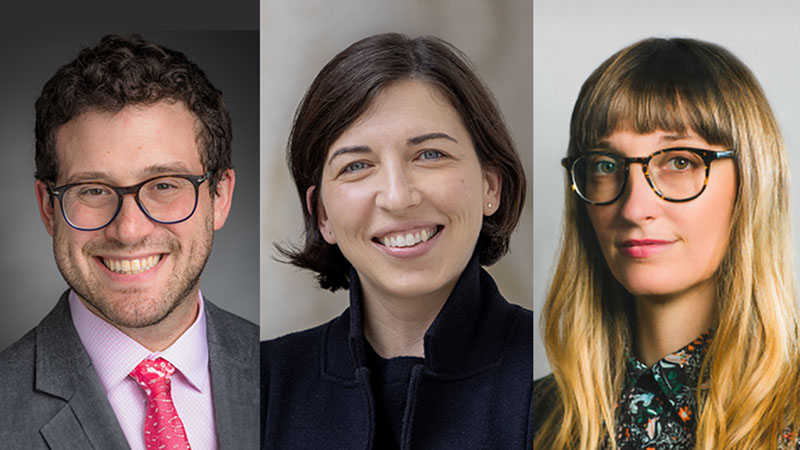
I recently attended the California Coalition for Compassionate Care’s (CCCC), Physicians’ Orders for Life Sustaining Treatment (POLST) meeting last week. The room was filled with amazing, caring individuals from around California who are passionate and dedicated to improving advance care planning. The CCCC along with the California Health Care Foundation and California community leaders have made great strides in getting the word out about advance care planning and disseminating POLST forms.
A major theme about advance care planning that kept emerging during our meeting was the large disconnect between what the healthcare system needs (documented forms with check boxes to help direct medical care) and what patients and families need (information about the outcomes of treatment, prognostic information, and support making medical decisions).
Patients often do not think in terms of specific treatments, such as being on a ventilator, but rather what their life will be like after being on the ventilator. Will it hurt? Will I be able to talk to my family? Will I be able to walk out of the hospital? Will I still be able to live on my own?
For some people, the hard part can actually be identifying what is most important in their life at that current moment (how does one do that?) and translating those values and beliefs into an informed medical decision. In addition, these difficult and complex decisions often occur during times of intense stress, in the context of uncertainty, and while dealing with the opinions, hopes and desires of other family and friends.
Most advance directive forms do not provide patients and their families with the concrete skills they need to learn HOW to identify their wishes and verbally communicate those wishes in a way that can affect their medical care. POLST forms, if completed correctly, should allow for a discussion with a clinician who may be able to guide patients and answer important questions about the outcome of treatment. In addition, individual health educators, nurses, physicians, and social workers, etc. (many whom work with the CCCC) are helping to empower patients through communication-based education similar to the successful Respecting Choices model; a model of advanced care planning based on repeated conversations over time. However, a majority of educational efforts have been focused on clinician communication (rightfully so) and less so on direct patient empowerment.
New efforts such as The Conversation Project, advance care planning videos, and emerging advance directive websites have begun to focus on the individual person, and not only on the healthcare environment. The grass-roots efforts focused on empowering individuals, such as those spearheaded by the CCCC, the “direct-to-consumer” videos and websites, along with the help of the media and social media, are what I believe will eventually turn the tide in helping patients engage in advance care planning and will help to bridge the gap between patient and family needs and the needs of the healthcare system.

In the spirit of patient empowerment, we have created a website called PREPARE that may address some gaps that currently available advance care planning materials do not fill. For instance, PREPARE is designed to empower people, through video demonstration, HOW to identify their values, how to communicate their values, how to asks physicians questions, and how to make informed medical decisions that are aligned with their values and beliefs. PREPARE is designed to be completed outside of the medical environment, is written at a 5th-grade reading level, includes videos that model behavior, helps people engage in a step-by-step process of advance care planning, and will be made available for free.
PREPARE will launch January 4th, 2013.
by: Rebecca Sudore



